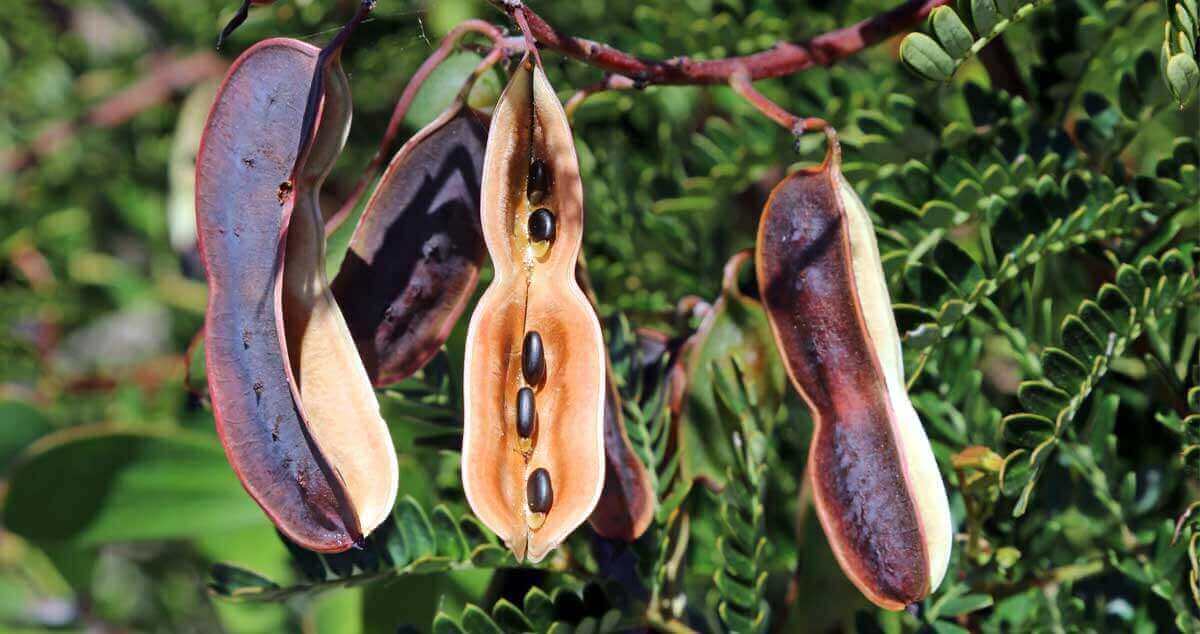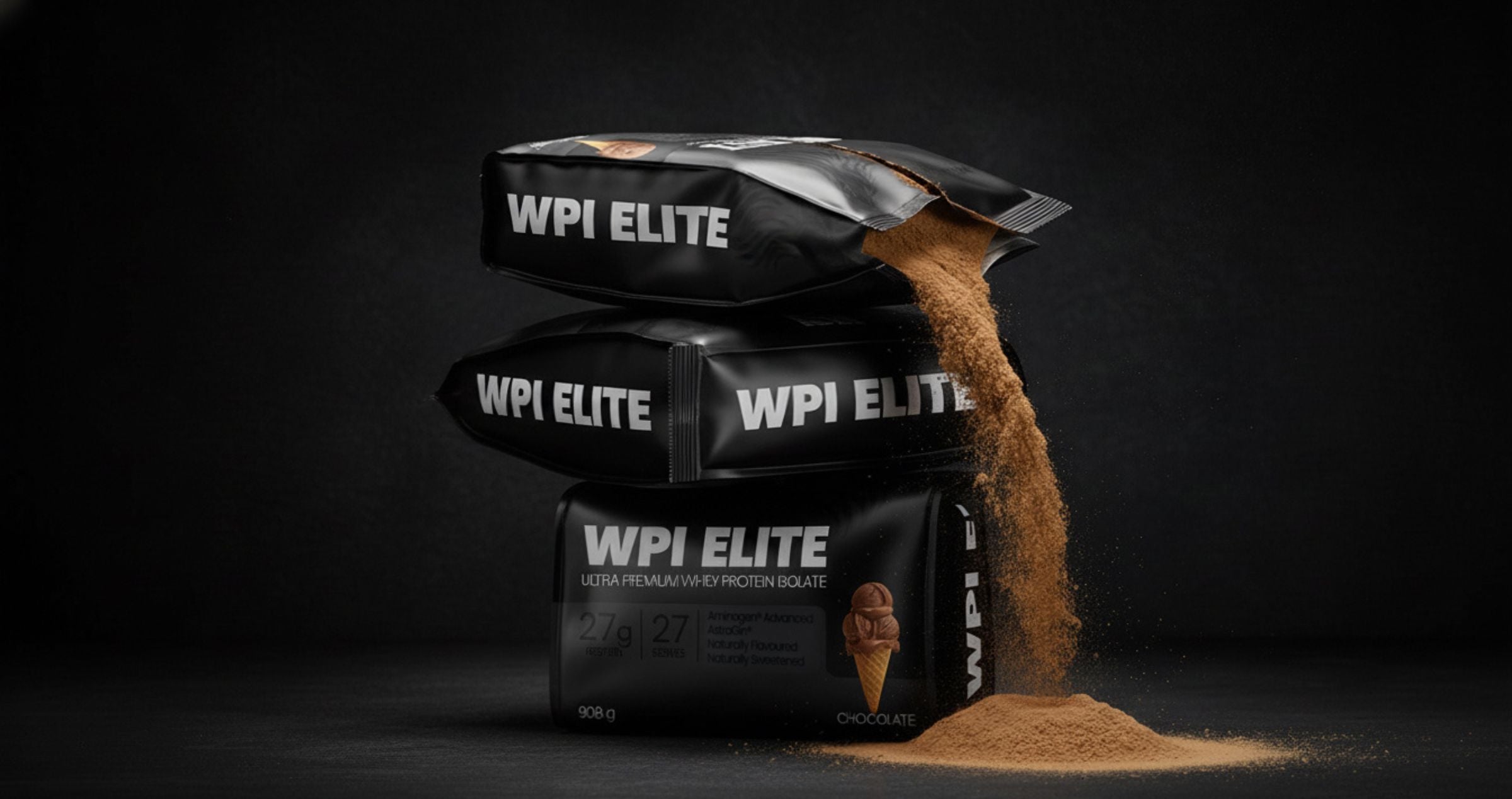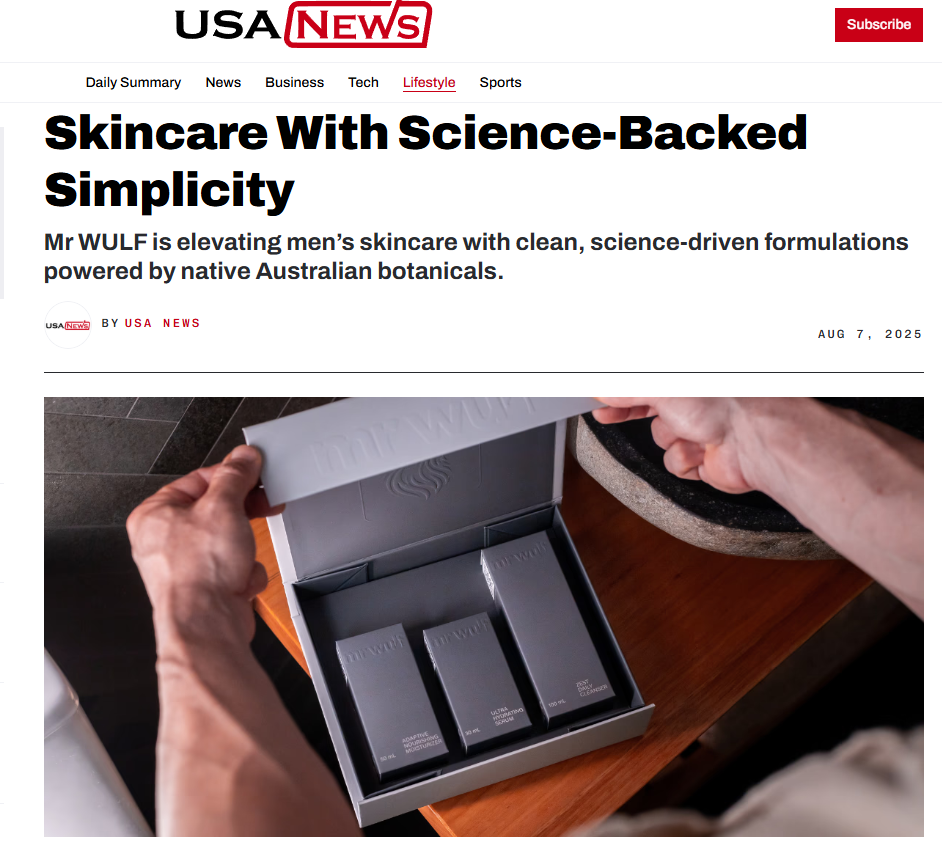Australia boasts the majority, over 70%, of wattleseed species worldwide, with approximately 960 species scattered across its regions. Indigenous to Australia, wattle seed has been a staple in the diet of Australian Indigenous peoples, who have historically utilized seeds from around 40 different species. However, its benefits extend far beyond nutrition; wattleseed is a powerhouse ingredient for skincare.
Traditional Medicinal Uses of Wattleseed
Australian Aborigines have employed wattleseed kernels, ground into a fine powder, to create liniments for alleviating pain, swelling, bruises, sprains, and backaches. Additionally, Indigenous Australians harvested wattleseed fruit, drying and storing the flesh for extended periods, and applied pounded leaves to treat boils and sores.
Skincare Benefits of Wattleseed
Anti-Aging Benefits
Wattleseed contains a rich profile of amino acids and bioactive compounds that are beneficial for skin health. Here’s how it works wonders for your skin:
- Collagen Production: Wattleseed is rich in amino acids such as L-glutamine, L-lysine, and asparagine, which are crucial for collagen synthesis. Collagen is essential for maintaining skin elasticity and reducing the appearance of fine lines and wrinkles. Increased collagen production helps restore the skin’s natural tone and smooth out its texture, effectively combating signs of aging.
- L-Glutamine: Enhances collagen production, restoring skin tone and texture.
- L-Lysine: Essential for type 1 collagen production, aiding in skin elasticity and wound healing.
- Asparagine: Supports collagen formation, crucial for maintaining skin structure.
- Antioxidant Protection: Wattleseed is packed with antioxidants that protect the skin from oxidative stress and environmental damage, such as UV radiation and pollution. These antioxidants neutralize free radicals, which are unstable molecules that can damage skin cells and accelerate aging.
- Glutamine: Increases antioxidant production within the body, offering protection against free radicals.
- Eugenol: Found in wattleseed, this compound acts as an antioxidant and helps to mitigate damage brought on by environmental stressors like the sun and pollution.
- Skin Repair and Regeneration: The amino acids in wattleseed support the skin's ability to repair and regenerate, making it an excellent ingredient for anti-aging and skin rejuvenation treatments.
- Leucine: Supports skin repair and regeneration, leading to smoother and firmer skin.
Wound Healing
Wattleseed is not just about anti-aging; it’s also a fantastic ingredient for wound healing due to its anti-inflammatory and antimicrobial properties.
- Anti-Inflammatory Properties: Wattleseed helps reduce inflammation and redness, which is beneficial for sensitive skin and conditions such as eczema.
- Trypsin Inhibitors: These proteins reduce inflammatory cytokines like TNF-ɑ, decreasing redness and swelling.
- Antimicrobial and Antifungal Properties: The bioactive compounds in wattleseed offer antimicrobial benefits, protecting the skin from infections and promoting a healthy skin microbiome.
- Antimicrobial: Wattleseed contains trypsin inhibitors that exhibit bactericidal activity against pathogens such as Staphylococcus aureus and Klebsiella pneumoniae.
- Antifungal: Trypsin inhibitors also show candidicidal effects against Candida albicans, reducing biofilm and inducing oxidative stress to damage fungal cells.
Hydration and Moisture Retention
Amino acids in wattleseed serve as humectants, helping the skin retain moisture and stay hydrated, which is essential for maintaining a youthful appearance.
- L-Glutamine: Promotes moisture retention and supports the skin's natural hydration balance, keeping it plump and smooth.
- Potassium: Helps the skin retain moisture, preventing dryness and promoting a healthy, glowing complexion.
Summary
Australian Wattleseed is a versatile and powerful ingredient for skincare, offering a range of benefits from anti-aging and wound healing to hydration and protection against environmental damage. Its rich amino acid profile and bioactive compounds make it a valuable addition to any skincare regimen.
References:
- Augustin R, Siebert S, Bosch TCG. Identification of a kazal-type serine protease inhibitor with potent anti-staphylococcal activity as part of Hydra’s innate immune system. Dev Comp Immunol. 2009 Jul;33(7):830-7.
- Araújo NMS, Dias LP, Costa HPS, Sousa DOB, Vasconcelos IM, de Morais GA, et al. ClTI, a Kunitz trypsin inhibitor purified from Cassia leiandra Benth. seeds, exerts a candidicidal effect on Candida albicans by inducing oxidative stress and necrosis. Biochim Biophys Acta Biomembr. 2019 Nov;1861(11):183032.
- de Souza Nascimento AM, Rodrigues Matias LL, de Oliveira Segundo VH, Piuvezam G, Passos TS, Damasceno KSF da SC, et al. Antibacterial action mechanisms of trypsin inhibitors: A protocol for systematic review and meta-analysis. Medicine: Case Reports and Study Protocols. 2021 Nov;2(11)
-
Machado RJA, Monteiro NKV, Migliolo L, Silva ON, Pinto MFS, Oliveira AS, et al. Characterization and pharmacological properties of a novel multifunctional Kunitz inhibitor from Erythrina velutina seeds. PLoS One. 2013 May;8(5)
. - Bechinger B, Gorr SU. Antimicrobial Peptides: Mechanisms of Action and Resistance. J Dent Res. 2017 Mar;96(3):254-60.
- Dias LP, Souza PFN, Oliveira JTA, Vasconcelos IM, Araújo NMS, Tilburg MFV, et al. RcAlb-PepII, a synthetic small peptide bioinspired in the 2S albumin from the seed cake of Ricinus communis, is a potent antimicrobial agent against Klebsiella pneumoniae and Candida parapsilosis. Biochim Biophys Acta Biomembr. 2020 Feb;1862(2):183092.
- Adiamo OQ, Netzel ME, Hoffman LC, Gidley MJ, Sultanbawa Y. Nutritional, anti-nutritional, antioxidant, physicochemical and functional characterization of Australian acacia seed: effect of species and regions. J Sci Food Agric. 2021 Aug;101(11):4681-90.
- Ee KY. Characterisation and bioactive properties of protease inhibitors and phenolic components from Australian wattle (Acacia victoriae Bentham) seed. 2011.
- Takaoka M, Okumura S, Seki T, Ohtani M. Effect of amino-acid intake on physical conditions and skin state: a randomized, double-blind, placebo-controlled, crossover trial. J Clin Biochem Nutr. 2019 Jul;65(1):52-8.
- da Silva CSM, Costa GAN, Aguiar AF, Camargo MZ, Fernandes KBP, Oliveira MR, et al. Effect of the Use of a Cream with Leucine and Lactic Acid Associated with Electrostimulation in Contouring and Facial Tonus: A Randomized Clinical Controlled Trial. Cosmet Toiletries. 2022 Mar;9(2):36.
- Yamauchi M, Sricholpech M. [Lysine post-translational modifications of collagen](http://dx






Transform Your Skin with Vitamin C: The Ultimate Brightening Solution
Endocrine Disruptors: Not in my home!